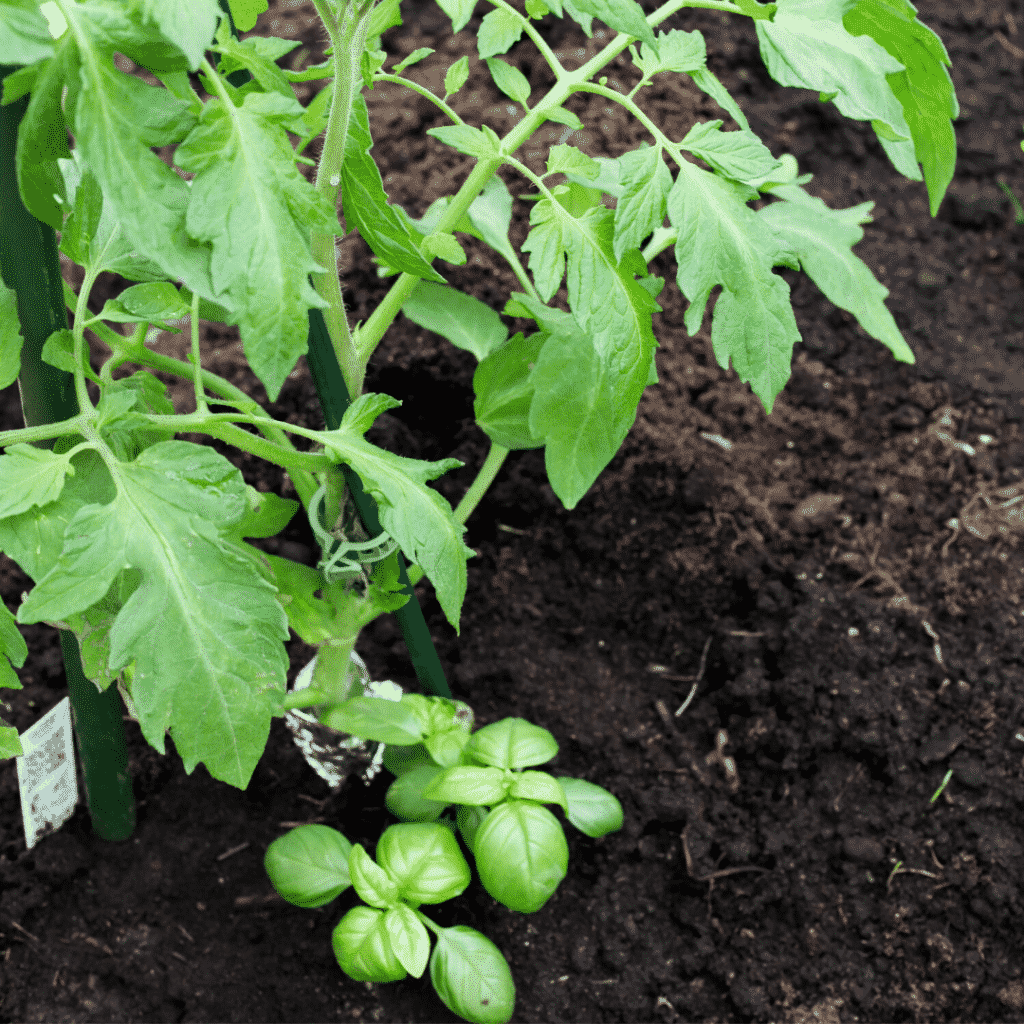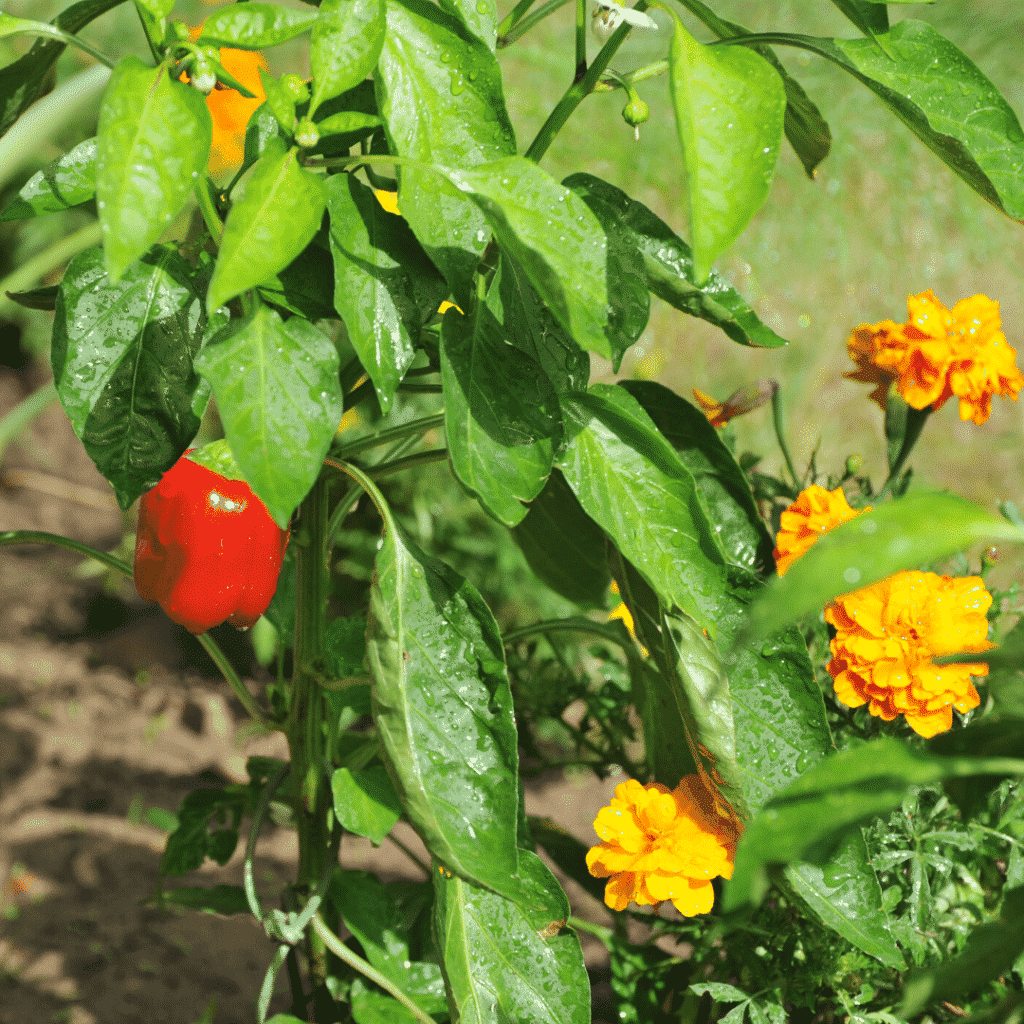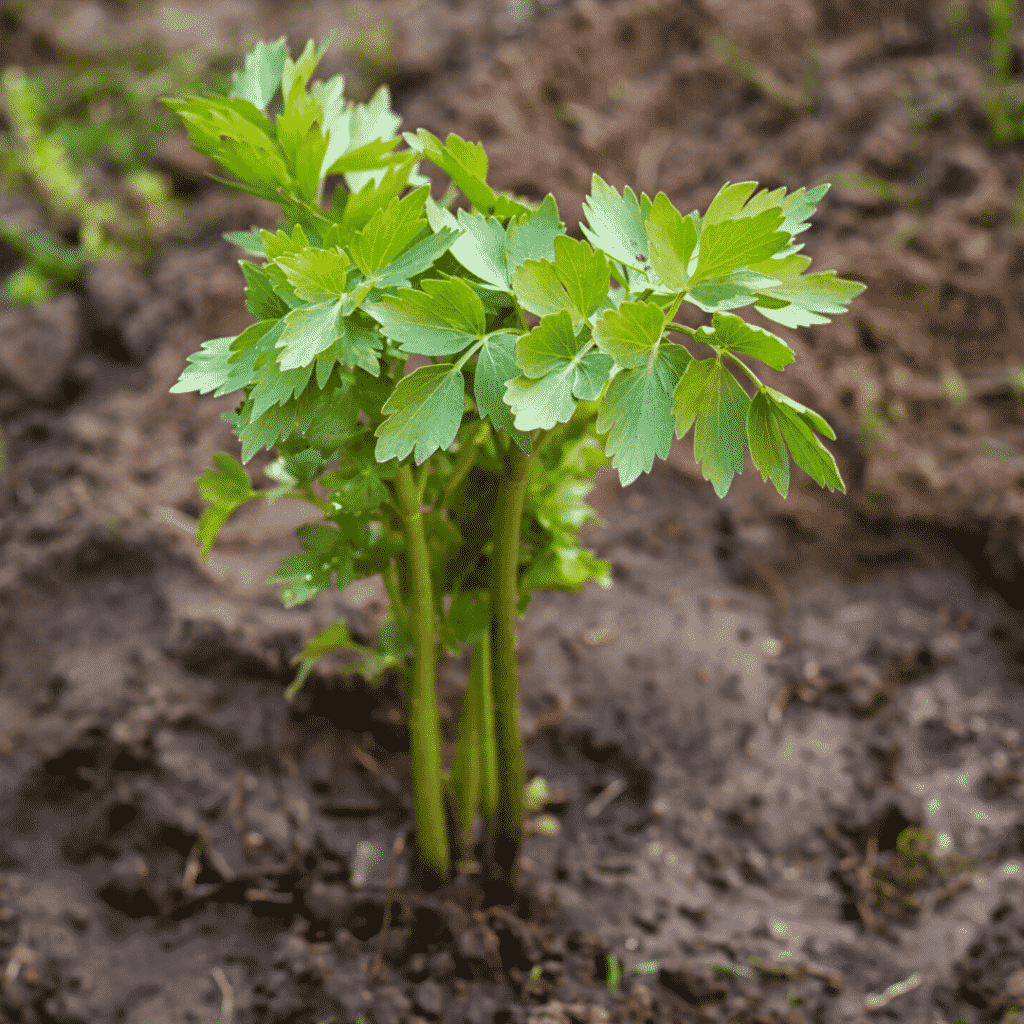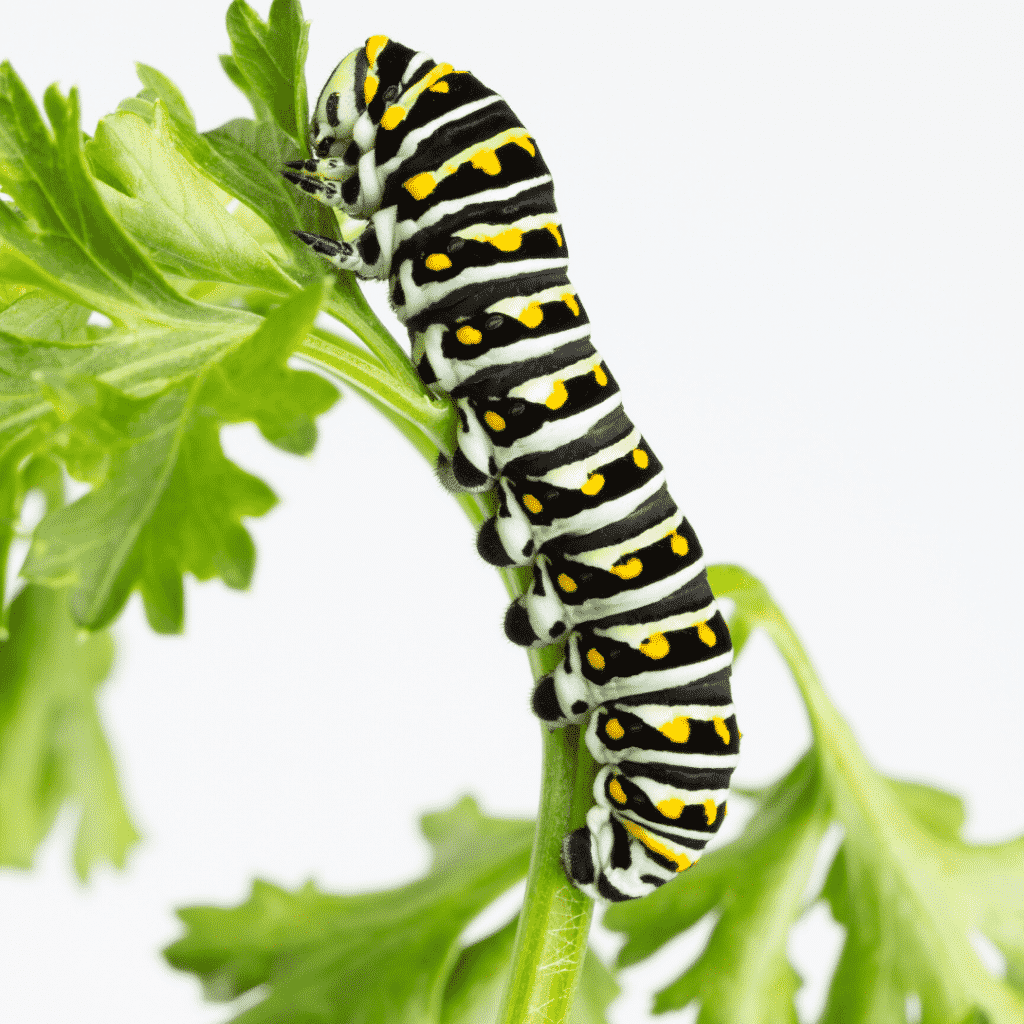Companion Planting

by Valle Novak
What do you really want from your vegetable garden?
Food, or course. But surely, food that’s healthy and safe – and while you’re at it, why not opt for beauty to the eye, and enticement for beneficial insects and pollinators? Companion planting of vegetables and culinary herbs addresses all these and more.
When The Rodale Institute, founders of Organic Gardening magazine, began touting the use of “companion plants” to serve as “bait” for bugs that would ordinarily attack a certain vegetable crop over a half-century ago, the secondary benefit of beauty soon became apparent. This in itself was important, because it manifested a problem that no one had as yet discovered.

As people began mixing a variety of plants according to how attractive they looked together, some negative results ensued: Some plants just don’t like each other! More research followed, and today we can reap the benefits of all the decades of trial and error to be assured of beautiful, healthy, fruitful gardens. So this winter, while you’re planning your garden layout and perusing the seed catalogs, consider the findings which follow for the garden of your dreams.
First we’ll explore a list of vegetable crops and their likes and dislikes. After establishing the veggies that “like” each other, we’ll add a list of herbs and the vegetables they help. This way, you can plan your vegetable garden in a “friendly” manner, then determine the herbs you want to place in and among the plants or rows. By the way, you’ll note that I listed strawberries among the vegetables and not the herbs – but do plan your veggie garden around an existing patch – they’re a beneficial plant.

- Asparagus: Yes to tomatoes;
- Green, wax beans: Yes – Corn, potatoes, carrots, cucumbers, cauliflower, cabbage; No to onions, garlic.
- Pole beans: Yes – Corn; No – onions, beets, kohlrabi, sunflowers.
- Beets: Yes – Onions, kohlrabi; No – Pole beans.
- Broccoli: Yes – Potatoes, celery, beets, onions; No -Strawberries, tomatoes, pole beans.
- Brussels sprouts: Same as broccoli.
- Cabbage: Same as broccoli.
- Carrots: Yes – Peas, lettuce, tomatoes, onions; No – Dill.
- Cauliflower: Same as broccoli.
- Cucumber: Yes – Beans, corn, peas, radishes, sunflowers; No – Aromatic herbs, potatoes.
- Eggplant: Yes – Beans.
- Watercress, mustards: Yes to most vegetables and aromatic herbs.
- Kohlrabi: Same as broccoli.
- Lettuce: Yes – Carrot, radish, strawberry, cucumber.
- Onions (including chives): Yes – Beets, strawberries, tomatoes, lettuce; No – Peas, beans.
- Parsley: Yes – Tomatoes, asparagus.
- Peas: Yes to most vegetables and herbs; No to Onions, garlic, gladiolus, potatoes.
- Peppers: Yes – Most vegetables and herbs; No – Onions, garlic, gladiolus, potatoes.
- Potatoes: Yes – Beans, corn, cabbage, horseradish, eggplant; No – Pumpkins, squash, cucumbers, sunflowers, tomatoes, raspberries. (Ed. note: I was successful year after year interplanting potatoes and gladiolus – a beautiful combination in the field!)
- Pumpkins, gourds: Same as squash.
- Radish: Yes – Peas, lettuce, cucumbers.
- Rutabaga, turnip: Yes – Peas. (Radishes, rutabagas and turnips are related crops which will cross with each other, also with Chinese cabbage and Oriental mustard, so don’t plant together if you want true-to-species produce).
- Summer squash: Yes – Nasturtiums. (Plant only one variety of squash per species to prevent crosses).
- Spinach: Yes – Strawberries.
- Tomatoes: Yes – Onions, asparagus, carrot; No – Kohlrabi, potato, fennel, cabbage.
Here is a partial list of herbs (some of which will surprise you) and the vegetables they will benefit.

- Basil: Asparagus, tomato;
- Beebalm: Tomato;
- Borage: Squash, strawberry, tomato;
- Camomile: Cabbage family, lettuce, onion;
- Catnip: Border for any vegetable patch as flea beetle control;
- Chervil: Radishes;
- Chives: Carrot, tomato;
- Dill: Cabbage family, broccoli, (never plant with carrots!);
- Garlic: Roses, raspberries;
- Horseradish: Potatoes;
- Marigold: Eggplant, pepper, potato, tomato (all through garden);
- Nasturtium: Cabbage family, cucumber, tomato, squash, melons;
- Parsley: Asparagus, tomato;
- Peppermint: Cabbage family;
- Rosemary: Beans, carrot, cabbage;
- Rue: Roses, raspberry;
- Sage: All cole crops (broccoli, cauliflower, cabbage), carrots;
- Southernwood: Cabbage familiy;
- Summer savory: All beans, lettuce, onions, garlic;
- Tansy: Raspberry, rose, grape, fruit trees (danger to grazing cattle! – inside, repels moths and ants);
- Thyme: Melon, tomato;
- Wormwood: Border use to deter small animals (use inside as a moth repellant)
Reminders:

- Lovage, marjoram, tarragon, thyme, and yarrow can be planted among your vegetables to improve their general health and flavor;
- Never use strong aromatic herbs near cucumbers;
- Keep dill away from carrots;
- Garlic is beneficial to roses when tucked around the base of the bush.
- Keep rue and basil well apart – they are enemies;
- Fennel should have its own (isolated, if possible) bed; it is not friendly to other plants.
After you’ve become acquainted with this rather formidable list, start to paint a picture in your mind’s eye. Can’t you just see the beautiful red heads of beebalm around your tomato plants, with butterflies, bees and hummingbirds simply flocking for the nectar?
And buy the rambling kind of nasturtiums that will drape and crawl through and over your selected vegetables – how pretty! Too, while providing bright and perky color, marigolds are considered to be a friend to nearly all plants, and are great for borders since they deter bean beetles, nematodes, and many other insects.

Plant plenty of parsley too, and DON’T kill the pretty black and green-striped caterpillars that feast on it – they’re the larvae of the rare and endangered black swallowtail butterfly!
Of course, you will never, NEVER touch your friendly garden with any kind of ‘cide – because this is a living, safe environment for the ladybugs, the green lacewings, the garden spiders, the ground beetles, the birds, bees and butterflies – and for our families’ nourishment.
Herbs and veggies – grow ’em together, cook ’em together! A culinary coup.
Originally published on 2/4/01 in the Bonner County Daily Bee







Responses